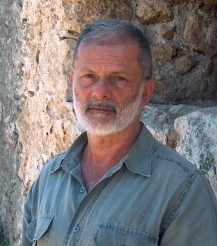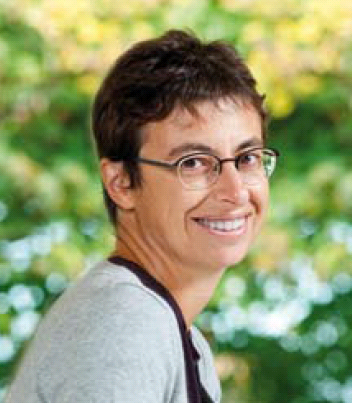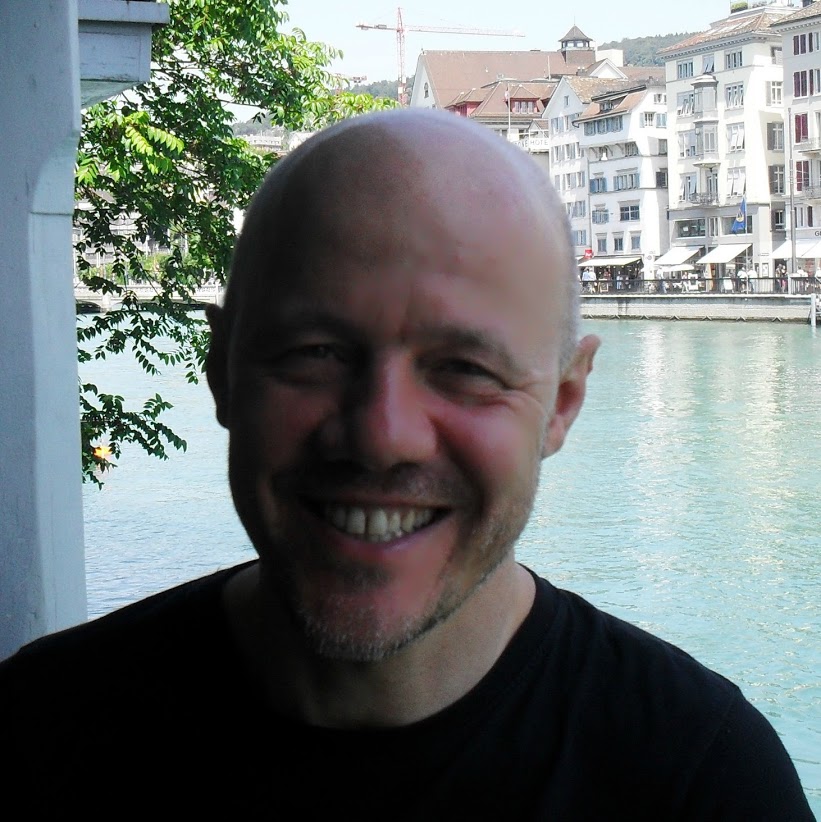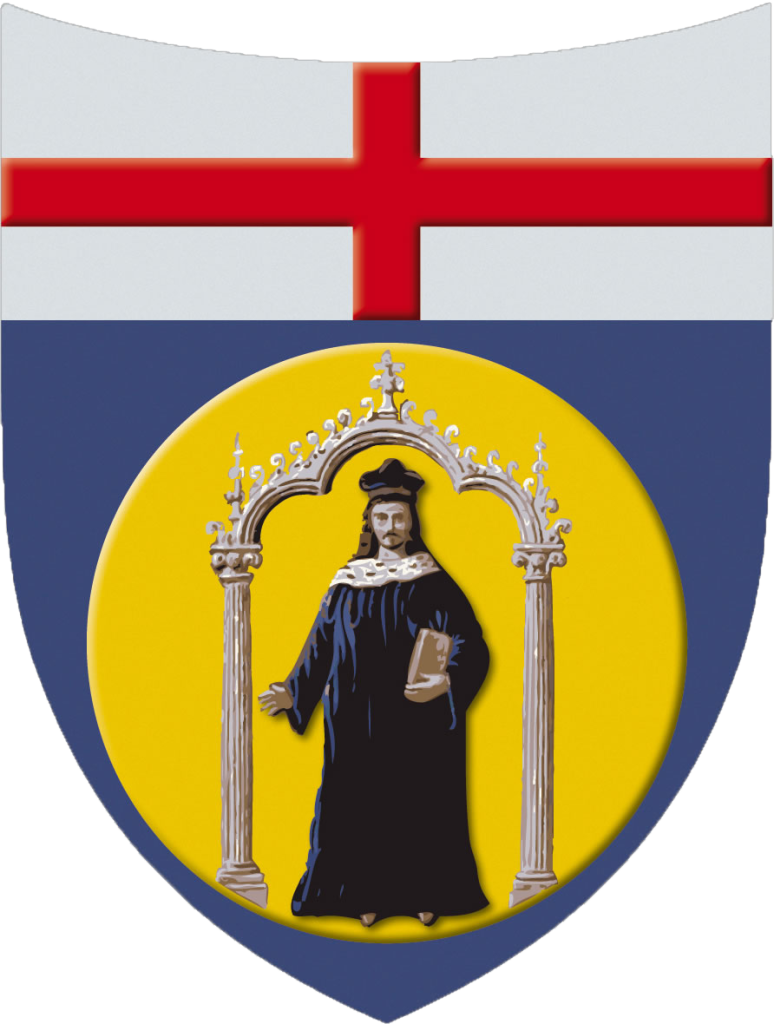Generalized persistent homologies: G-invariant and multi-dimensional persistence
|
|
NEW - Papers: G-Invariant Persistence NEW - Slides: Introduction and Motivation, G-Invariant Persistence, Multi-Dimensional Persistence NEW - Exercises: Basic Persistence, G-Invariant Persistence, Multi-Dimensional Persistence Abstract:Persistent homology is currently a very popular tool for topological analysis of data in diverse disciplines. In its classical formulation, it yields invariants of scalar fields with respect to the action of a very broad set of transformations on the field's domain, that is the set of all self-homeomorphisms. This may restrict its use in applications, where vector fields occur more often than scalar fields, and the invariance group of interest is usually a more restricted group G. In this course two generalizations of persistent homology, the G-invariant persistence and the multi-dimensional persistence, are presented to overcome the aforementioned shortcomings of classical persistence. In particular, the focus will be on the associated invariants and their applications in shape comparison.Lecturer: Massimo FerriMassimo Ferri is the founder of the group of Visione Matematica born in the 90's with the aim of explore possible application of the geometry and of the topology in robotics and in pattern recognition.The group has been pioneer in the 0-dimensional persistent homology introducing the theory of the size functions. The group works in the network “Appliedand Computational Algebraic Topology (ACAT)”, supported by the European Science Foundation,which has the aim of encourage the creation of a research community integrated on topics of computational topology. Lecturer: Claudia Landi
Claudia Landi graduated in Mathematics in 1994 at the University of Bologna (Italy), and received the Ph.D. degree in Mathematics from the University of Pisa (Italy). She participates in research on pattern recognition with the Vision Mathematics Group of the University of Bologna, where she works mainly on topological shape analysis and comparison. Since 2005 she is assistant professor at the Department of Sciences and Methods for Engineering of the University of Modena and Reggio Emilia (Italy). Lecturer: Patrizio Frosini
Patrizio Frosini received the Ph.D. degree in Mathematics from the University of Florence in 1991. Since 1993, he has been assistant professor in the Faculty of Engineering at the University of Bologna; he's associate professor since 2014. He is a member of the Advanced Research Center on Electronic Systems for Information and Communication Technologies at the University of Bologna.
|







